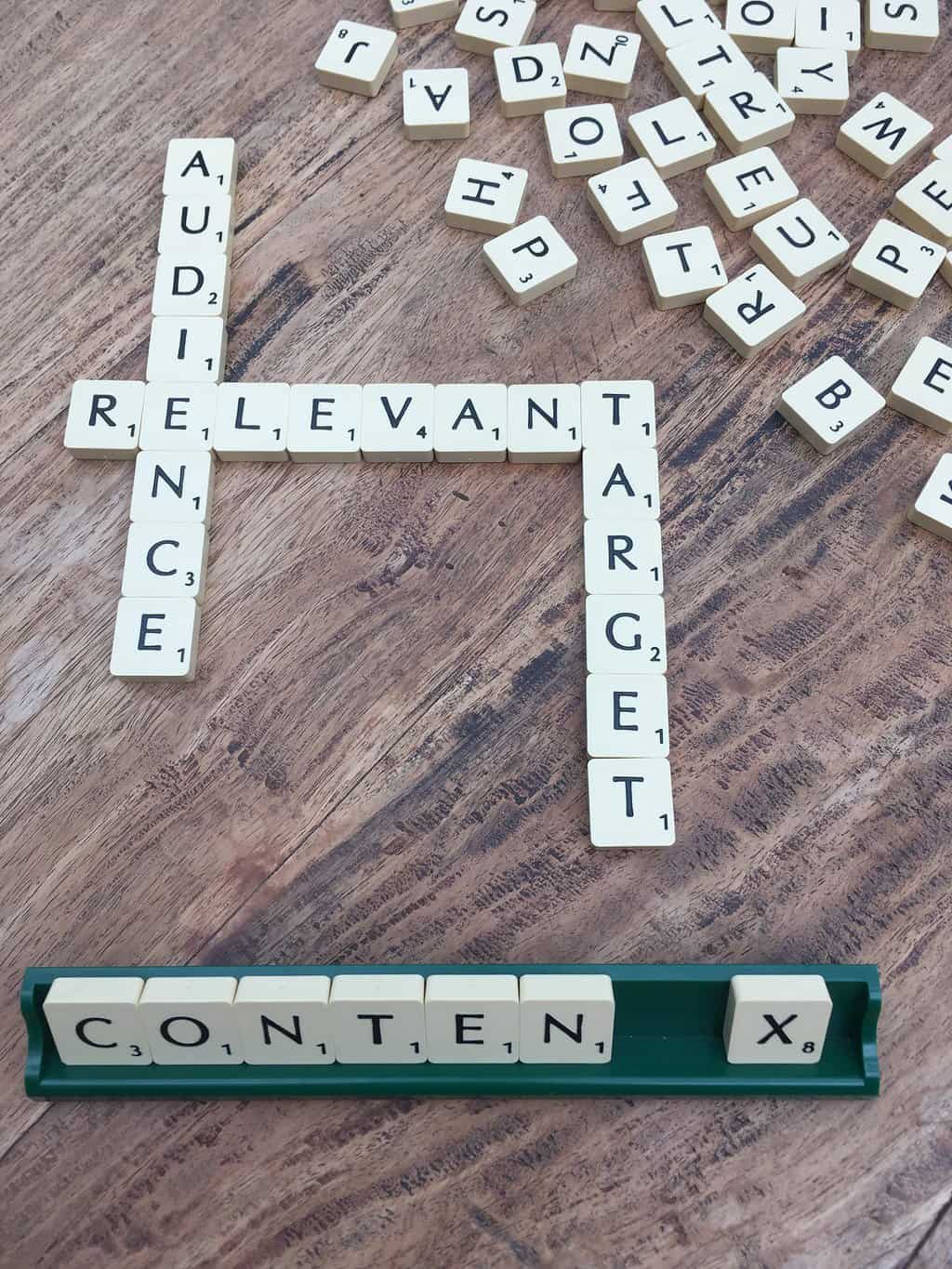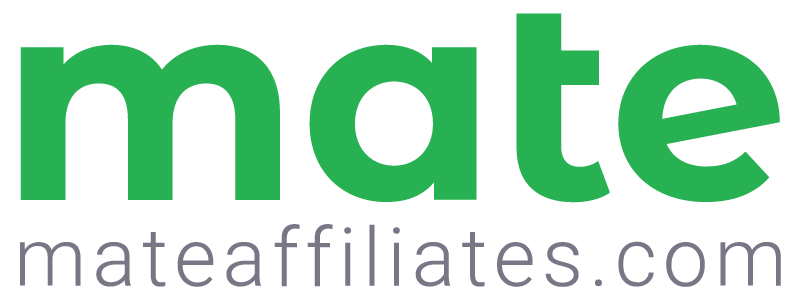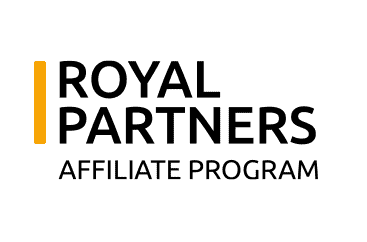The Step-by-Step Guide to Native Advertising in Gambling: Navigating Regulations While Maximising Conversions

Native advertising has proven to be a powerful strategy across industries, with gambling affiliates particularly well-positioned to benefit from its blend of editorial content and promotional messaging. However, the gambling vertical brings unique challenges: strict regulatory requirements, platform-specific restrictions, and heightened scrutiny that demands a specialized approach.
This guide walks you through implementing effective native advertising strategies specifically for gambling affiliates, balancing regulatory compliance with conversion optimisation.
Understanding the Gambling Native Advertising Landscape
Before diving into implementation, it’s essential to understand what makes gambling native advertising different from other verticals:
Regulatory Realities
Gambling advertising faces stringent regulations that vary dramatically by jurisdiction. In the UK, the Gambling Commission and Advertising Standards Authority (ASA) set strict guidelines. In the US, rules differ by state, while EU countries maintain their own regulatory frameworks.
These regulations typically include:
- Mandatory responsible gambling messaging
- Age verification requirements
- Restrictions on depicting gambling as a solution to financial problems
- Limitations on promotional offers and bonus messaging
- Rules against targeting vulnerable populations
Platform Restrictions
Major native advertising networks apply additional restrictions to gambling content:
- Taboola permits gambling ads only in specific markets with proper licensing
- Outbrain requires pre-approval for gambling-related content
- Social platforms like Facebook and Instagram severely limit gambling promotions
- Google’s native ads have strict gambling policies that vary by region
The Performance Advantage
Despite these challenges, native advertising delivers exceptional results for gambling affiliates, as shown by recent industry data:
- Higher conversion rates: Gambling-specific native content achieves conversion rates between 2.8% and 5.2%, compared to just 0.7-1.3% for standard gambling banner ads (Income Access Affiliate Survey 2022 & Gambling Compliance Report 2021)
- Superior engagement: Users arriving through native content spend an average of 4:12 minutes on gambling sites versus only 1:37 minutes from display ads – representing 2.6x higher engagement (Catena Media Quarterly Report Q3 2022)
- Improved player retention: 30-day player retention rates are 22% higher for customers acquired through content marketing compared to display advertising (Gambling Operator Association Annual Survey 2022)
- Greater long-term value: 6-month player value is approximately 31% higher for customers acquired through native affiliate content (iGaming Business Affiliate Report 2023)
Step 1: Define Compliant Gambling Audience Segments
Start by identifying audience segments that align with both regulatory requirements and conversion potential:
Primary Targets for Gambling Native Content
- Adult Sports Enthusiasts (25-45)
- Content approach: Sports analysis and prediction content that naturally integrates betting opportunities
- Compliance note: Ensure all content clearly targets adults through both messaging and placement
- Casino Game Researchers
- Content approach: Educational content about game strategies, odds, and mechanics
- Compliance note: Focus on factual information rather than promises of financial gain
- Poker Strategy Seekers
- Content approach: Tournament analysis, player interviews, strategy discussions
- Compliance note: Emphasise skill-building and entertainment value over financial outcomes
- Existing Casino Players Looking for New Platforms
- Content approach: Comparison content and platform reviews
- Compliance note: Maintain objectivity with balanced assessments including pros and cons
Excluded Audiences (Critical for Compliance)
To maintain regulatory compliance, implement technical exclusions for:
- Users under legal gambling age (21+ in many jurisdictions)
- Users in prohibited geographic locations
- Users who have self-excluded from gambling platforms
- Users accessing content during restricted hours (where applicable)
Step 2: Develop Compliant Native Content Formats
The most effective gambling native advertising uses specific content formats that naturally integrate promotional elements while maintaining regulatory compliance:
1. Game Guides and Strategy Content (3.5% avg. conversion rate according to Gambling.com Group Performance Report 2022)
Format structure:
- Educational introduction establishing expertise
- Substantive game mechanics or strategy discussion
- Natural integration of platform recommendations as implementation examples
- Responsible gambling messaging
- Clear call-to-action
Regulatory considerations:
- Maintain factual accuracy about odds and probabilities
- Include responsible gambling messaging
- Avoid guarantees of winning or financial gain
Example headline: “Understanding RTP: How Slot Payback Percentages Actually Work”
2. Platform Comparison Content (4.1% avg. conversion rate according to Better Collective Annual Report 2022)
Format structure:
- Editorial introduction discussing selection criteria
- Balanced comparison of 3-5 platforms including pros and cons
- Specific feature analysis focused on user experience
- Transparent disclosure of affiliate relationships
- Graduated call-to-action options (read reviews, claim bonuses, sign up)
Regulatory considerations:
- Include licensing information for each platform
- Represent bonus terms and conditions accurately
- Maintain objective tone with balanced assessment
Example headline: “Licensed Sportsbooks Comparison: User Experience, Markets, and Bonus Requirements”
3. Industry News Integration (2.8% avg. conversion rate according to iGaming Business Affiliate Report 2023)
Format structure:
- Timely gambling industry news reporting
- Expert analysis of implications
- Natural integration of relevant platforms or opportunities
- Transparent sponsorship disclosure
- Subtle call-to-action
Regulatory considerations:
- Maintain journalistic standards and factual accuracy
- Clearly separate news reporting from promotional content
- Include age verification messaging
Example headline: “New Poker Championship Series Announced: Format Changes and Where to Qualify”
4. Player Experience Narratives (3.3% avg. conversion rate according to Gambling Operator Association Annual Survey 2022)
Format structure:
- Authentic player journey or experience (real or representative)
- Focus on entertainment value and experience
- Natural platform integration within the narrative
- Responsible gambling messaging
- Context-appropriate call-to-action
Regulatory considerations:
- Avoid unrealistic winning scenarios
- Include both positive and challenging aspects of gambling
- Emphasise responsible behaviour within narratives
Example headline: “From Novice to Tournament Player: One Year on the Poker Circuit”
Step 3: Select Compliant Distribution Channels
Different native advertising platforms have varying policies regarding gambling content. Here’s how to navigate each:
Specialized Gambling Content Networks
Platforms: Catena Media, Better Collective, Gambling.com
Advantages:
- Pre-approved gambling content policies
- Targeted gambling audience
- Higher acceptance rates for gambling native ads
Implementation approach:
- Develop content adhering to network-specific guidelines
- Leverage their existing compliance frameworks
- Utilise their first-party audience data for targeting
Mainstream Native Networks with Gambling Allowances
Platforms: Taboola and Outbrain (in permitted markets)
Advantages:
- Broader reach beyond gambling-specific sites
- Higher quality traffic than display networks
- Content recommendation format feels less promotional
Implementation approach:
- Apply for gambling-specific approval before campaign launch
- Submit all creatives for pre-approval
- Implement strict geo-targeting to permitted jurisdictions only
- Maintain separate campaign assets for different regulatory regions
Publisher-Direct Native Placements
Platforms: Sports media sites, news platforms with gambling sections
Advantages:
- Highly contextual relevance
- Greater creative control
- Often more flexible than network policies
Implementation approach:
- Develop publisher-specific content matching their editorial style
- Negotiate clear compliance guidelines in advance
- Implement publisher-side age verification where needed
- Consider sponsored content rather than traditional native ad units
Step 4: Craft Compliant Native Ad Creative
Creating effective gambling native advertising requires balancing engaging messaging with regulatory compliance:
Headlines: The Compliance-Conversion Balance
Compliant performing examples (Awin Affiliate Marketing Report 2022):
- “How to Understand Betting Odds: A Complete Guide for Sports Fans” (3.8% CTR)
- “Online Poker Room Comparison: Software, Traffic, and Game Selection” (3.5% CTR)
- “What Professional Bettors Know About Line Movement” (3.7% CTR)
Headlines to avoid:
- “Guaranteed Ways to Win at Online Slots”
- “Turn $100 into $5,000 with This Betting System”
- “Secret Casino Tricks They Don’t Want You to Know”
Images: Compliance Visualization Guidelines
Effective compliant imagery:
- Professional sports imagery (avoiding team logos in restricted markets)
- Casino environments (rather than focusing on money/winnings)
- Strategy elements like charts, cards, or game boards
- Diverse player representations showing responsible enjoyment
Images to avoid:
- Anyone appearing under gambling age
- Excessive money/wealth displays
- Emotional extremes (ecstasy, despair)
- Alcohol consumption alongside gambling
Ad Copy: Regulatory-Friendly Messaging
Compliant performing approaches:
- Focus on education: “Learn about,” “Understand,” “Compare”
- Emphasis on entertainment: “Experience,” “Enjoy,” “Explore”
- Transparency indicators: “Review,” “Analyse,” “Evaluate”
Messaging to avoid:
- Financial solution language: “Solve your money problems,” “Financial freedom”
- Certainty claims: “Guaranteed,” “Foolproof,” “Can’t lose”
- Urgency without reason: “Limited time,” “Act now,” “Don’t miss out”
Step 5: Implement Required Disclosure and Responsibility Elements
Every gambling native ad must include specific compliance elements:
Essential Disclosure Requirements
1. Affiliate Relationship Disclosure
- Location: Beginning of content or immediately visible
- Format example: “This content contains affiliate links. We may receive a commission for accounts opened through these links.”
- Implementation note: Style consistently with content but ensure visibility
2. Responsible Gambling Messaging
- Location: Prominently within content and near calls-to-action
- Format example: “Gambling should be entertaining. Remember to play responsibly.”
- Implementation note: Include relevant helpline numbers for your target jurisdiction
3. Age Verification Messaging
- Location: Near any call-to-action
- Format example: “21+ only. Please gamble responsibly.”
- Implementation note: Adjustable by jurisdiction (18+, 19+, or 21+ depending on location)
4. Terms and Conditions Accessibility
- Location: Near bonus or promotional mentions
- Format example: “T&Cs apply. Click for full bonus terms.”
- Implementation note: Link to specific terms rather than general terms page
Step 6: Set Up Compliant Measurement Systems
Measuring native advertising performance in gambling requires specialised approaches:
Compliant Tracking Implementation
- Separate tracking for different regulatory jurisdictions
- Implement location-based tracking parameters
- Create jurisdiction-specific conversion paths
- Maintain separate performance data by region
- First-party data focus
- Reduce reliance on cookies and third-party tracking
- Implement server-side conversion tracking where possible
- Use platform-supported attribution methods
- Responsible gambling integration
- Track responsible gambling tool usage from native traffic
- Monitor deposit limits and self-exclusion rates
- Implement alerts for potentially problematic patterns
Key Performance Indicators for Gambling Native Ads
Beyond standard metrics, gambling native advertising should track:
- Regulatory compliance metrics:
- Age verification completion rates
- Responsible gambling page visits
- Terms and conditions engagement
- Player quality indicators:
- Initial deposit amounts
- Time-to-wager metrics
- Game type diversity
- Responsible gambling tool usage
- Long-term value metrics:
- 30/60/90-day retention rates
- Average customer lifetime value
- Reactivation responsiveness
- Cross-product adoption rates
Step 7: Optimise Within Regulatory Boundaries
Improvement of gambling native campaigns requires a specialised approach that respects regulatory boundaries:
Compliant A/B Testing Framework
- Pre-approve all testing variants
- Submit all potential headlines/images for compliance review before testing
- Create a testing approval process with legal/compliance teams
- Maintain detailed records of approved variants
- Incremental testing approach
- Test small elements rather than complete message changes
- Prioritise format and presentation over claim adjustments
- Establish baseline performance before variant introduction
- Rapid non-compliant content detection
- Implement automated scanning for non-compliant terms
- Create alert systems for problematic engagement patterns
- Establish emergency pause protocols for compliance concerns
Optimisation Priority Hierarchy
When optimising gambling native campaigns, focus on these elements in order:
- Content depth and quality (highest impact, lowest compliance risk)
- Increase substantive information
- Enhance educational value
- Improve content formatting and readability
- Targeting refinement (high impact, moderate compliance risk)
- Refine interest targeting within adult audiences
- Adjust placement site selection
- Optimise day-parting and frequency
- Creative elements (moderate impact, high compliance risk)
- Test different compliant imagery
- Adjust headline framing while maintaining claims
- Experiment with call-to-action formatting and placement
Case Study: Successful Gambling Native Campaign
Casino Comparison Native Content Campaign (LeoVegas, 2022)
Campaign Overview:
- Format: In-depth casino review and comparison content
- Platform: Sports news websites via direct publisher partnerships
- Target: Sports bettors interested in exploring casino gaming
- Creative approach: Educational comparison focusing on game selection and user experience
Compliance Strategy:
- Legal review of all content before publication
- Prominent 21+ labeling on all creative elements
- Responsible gambling messaging integrated throughout content
- Transparent disclosure of affiliate relationships
- Factual, balanced platform comparisons with pros and cons
Results (From LeoVegas Q4 2022 Investor Presentation):
- 3.2% conversion rate to depositing players (vs. 0.9% for traditional display campaign with identical budget)
- Native content delivered 72% higher new player registration rates compared to traditional affiliate banners
- 59% of registrations made first deposit
- 31% higher 6-month player value compared to display ad acquisitions
- 24% lower cost-per-acquisition than traditional display advertising
Key Success Factors:
- Publisher-direct relationships allowed for custom content integration
- Educational approach established credibility before promotion
- Comprehensive compliance framework enabled broader distribution
- Player value metrics (not just conversion rates) guided optimisation
Conclusion: The Future of Gambling Native Advertising
As regulatory scrutiny of gambling advertising increases globally, native advertising offers a viable path forward—providing the substance, context, and educational value that regulators increasingly demand while delivering the performance that affiliates require.
The most successful gambling affiliates will be those who view compliance not as a limitation but as a framework for creating higher-quality, more engaging content that naturally integrates promotional elements. By focusing on genuine value delivery through substantive content, affiliates can build sustainable advantages in an increasingly restricted advertising landscape.
The winners in gambling native advertising will master the delicate balance between promotional effectiveness and regulatory compliance, creating content that serves both the audience’s informational needs and the advertiser’s performance requirements.
Disclaimer: This guide provides general information about native advertising in the gambling industry. Regulations vary by jurisdiction and change frequently. Always consult with legal counsel familiar with the specific regulations in your target markets before implementing any gambling advertising campaign.






